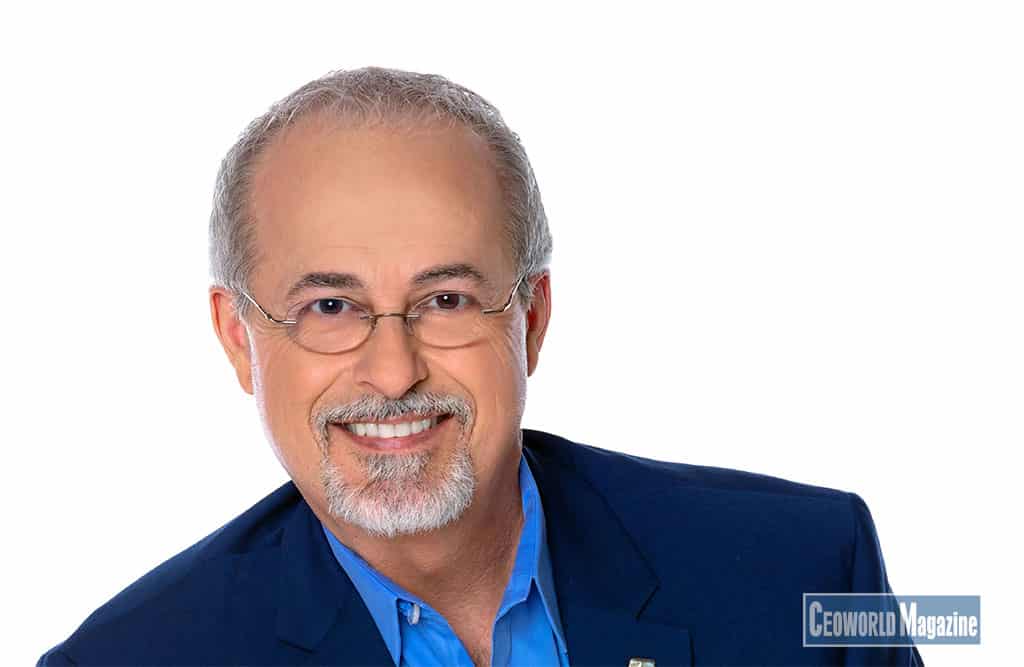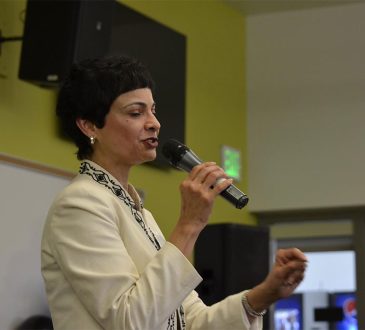Cohesion from the Top Down

Self-aware executive leaders who inspire a cohesive spirit within their organizations align individual achievement with organizational success. And successful CEOs value cohesive teams ahead of groups that merely get the job done. But still, the CEO can shift the entire culture of the organization with one word or gesture.
Even the smallest action has an impact
As an example of how the impact a CEO has on the organization, one company’s marketing team implemented a program of employees wearing bandanas to help promote a community event. The bandanas were red. The company’s branded color was blue. In passing, the CEO mentioned, I didn’t realize the employees would be wearing red bandanas.
That one comment sent a ripple effect throughout the organization and the employees immediately removed the bandanas.
What the CEO actually meant was that he did not realize the bandana would not be the corporate color, not realizing that red was the color of the community organization. Because his words were not clear, the innocent comment confused the employees and they made a quick move to avoid any further comments.
For this reason, creating and sustaining a Cohesion Culture™ begins with the CEO and the senior leadership team being intentional about how they speak life to what people do. A Cohesion Culture is a work environment where people feel a sense of belonging, have value and readily commit to both personal and organizational success. The CEO sets the tone and the rest of the leadership team makes it happen, working in tandem with all employees. In a culture laced with cohesion, success is built around others first, then the organization.
The CEO wields the power
It should come as no surprise of the CEO’s power upon the organizational culture given he/she is the highest-ranking executive. Often times what the CEO says goes, and no one dares to challenge or question the decision. According to McClelland’s theory of motivation, executive leadership should know and understand the impact of the two types of power leaders can wield: 1) institutional and 2) personal.
When the CEO uses institutional power, employees will complete tasks and achieve goals as a result of the CEO’s sheer level of authority. They do not challenge the leader regardless of how they feel about it. Furthermore, if they feel threatened to keep their job, they will do what is asked.
With this personal power, the CEO operates as an influencer and molds the thinking of the employee. It is not about the power of “because I say so,” it’s about getting people to do the right thing whether the executive team is watching or not.
Do you have a Cohesion Culture ™ in your organization?
While leaders often try to interpret behavior to solidify their assumptions of what is real, the truth is beyond observation. It is what’s at the core of the individual’s mindset. In my experience, the only true way to determine if cohesion is present is to measure for it through a valid and reliable Cohesion Culture™ Assessment Tool.
However, prior to engaging in a full-blown assessment, there are three actions the CEO and senior leadership team should observe and implement: 1.) greetings, 2.) laughter, and 3.) handshakes. The presence or absence of these specific behaviors gives leaders some empirical insight into what is happening within the organization’s culture.
Greetings Set The Tone
During a 2017 visit to Duke Manufacturing in Prague, the management team and I discussed the similarities and differences in employee culture between the United States and the Czech Republic. One of the conversations uncovered how important it is for employees to feel included and needed. Team Duke—as they called themselves—shared insights from employee surveys that suggested a higher approval rating for employees who felt valued. This occurred when employees were greeted and acknowledged by others, not just senior management.
Employees also self-identified as “valued” when leadership and colleagues took time to make eye contact, authentically greet them, and offer positive feedback for their work.
Leadership through Laughter
The second activity is to notice whether there’s a display of friendly and lighthearted humor. People need to laugh. I want to be clear: I’m encouraging leaders to adopt a practice of injecting humor that promotes inclusion, dispels any type of crudeness, and bans distasteful bullying. A Cohesion Culture promotes cultural harmony and goodwill. A good rule of thumb: if the person you value the most wouldn’t think it’s funny, then it’s not. The humor should set the tone and would be measured by the amount of hearty “belly” laughter or infectious smiles and nods of congeniality displayed openly in employee gathering areas.
When laughter fills the hallways and common spaces, employees can be more relaxed. Laughter releases tension and creates a more casual environment. People who are more relaxed tend to free their minds of unnecessary concerns and contribute to innovative solutions, act cohesively in team settings, and show increased efforts toward productivity.
Handshakes Seal the Deal
Third, leaders and colleagues should actively and outwardly recognize employees for performance. The process should be reciprocal without having to have a process or mandate in place.
For centuries business deals have been made with two individuals simply shaking hands in agreement. It’s a common practice that requires little to no training, yet can make all the difference.
Leadership sets the tone to be modeled. Imagine the feeling of value an employee gets when a member of leadership or a colleague congratulate him or her for completing a project, participating in community service, finishing an educational achievement or helping a consumer, partner, or other colleague solve a problem. It’s the acknowledgment WITH A handshake—or a fist bump or a high five—that signifies a job well done.
Putting It All Together
CEOs and executive leaders need to be more focused on whether teams are acting cohesively than if they are just doing the job. Employees who act with a cohesive mindset actively participate in the company and take care of the consumers they serve. These individuals feel valued knowing what they do is meaningful and matters to their success and that of the company.
Finally, these employees commit to the desired organizational outcomes because the organization’s leadership cares about their dreams and needs, and matches employee success to organizational goals.
Written by Dr. Troy Hall.
Have you read?
Best Hospitality And Hotel Management Schools In The World.
Best Universities In The World.
Russia’s Rich List: Richest People In Russia.
100 Most Influential People In History.
The World’s 50 Best Cities For Street Food-Obsessed Travellers.
Add CEOWORLD magazine to your Google News feed.
Follow CEOWORLD magazine headlines on: Google News, LinkedIn, Twitter, and Facebook.
This report/news/ranking/statistics has been prepared only for general guidance on matters of interest and does not constitute professional advice. You should not act upon the information contained in this publication without obtaining specific professional advice. No representation or warranty (express or implied) is given as to the accuracy or completeness of the information contained in this publication, and, to the extent permitted by law, CEOWORLD magazine does not accept or assume any liability, responsibility or duty of care for any consequences of you or anyone else acting, or refraining to act, in reliance on the information contained in this publication or for any decision based on it.
Copyright 2024 The CEOWORLD magazine. All rights reserved. This material (and any extract from it) must not be copied, redistributed or placed on any website, without CEOWORLD magazine' prior written consent. For media queries, please contact: info@ceoworld.biz
SUBSCRIBE NEWSLETTER








